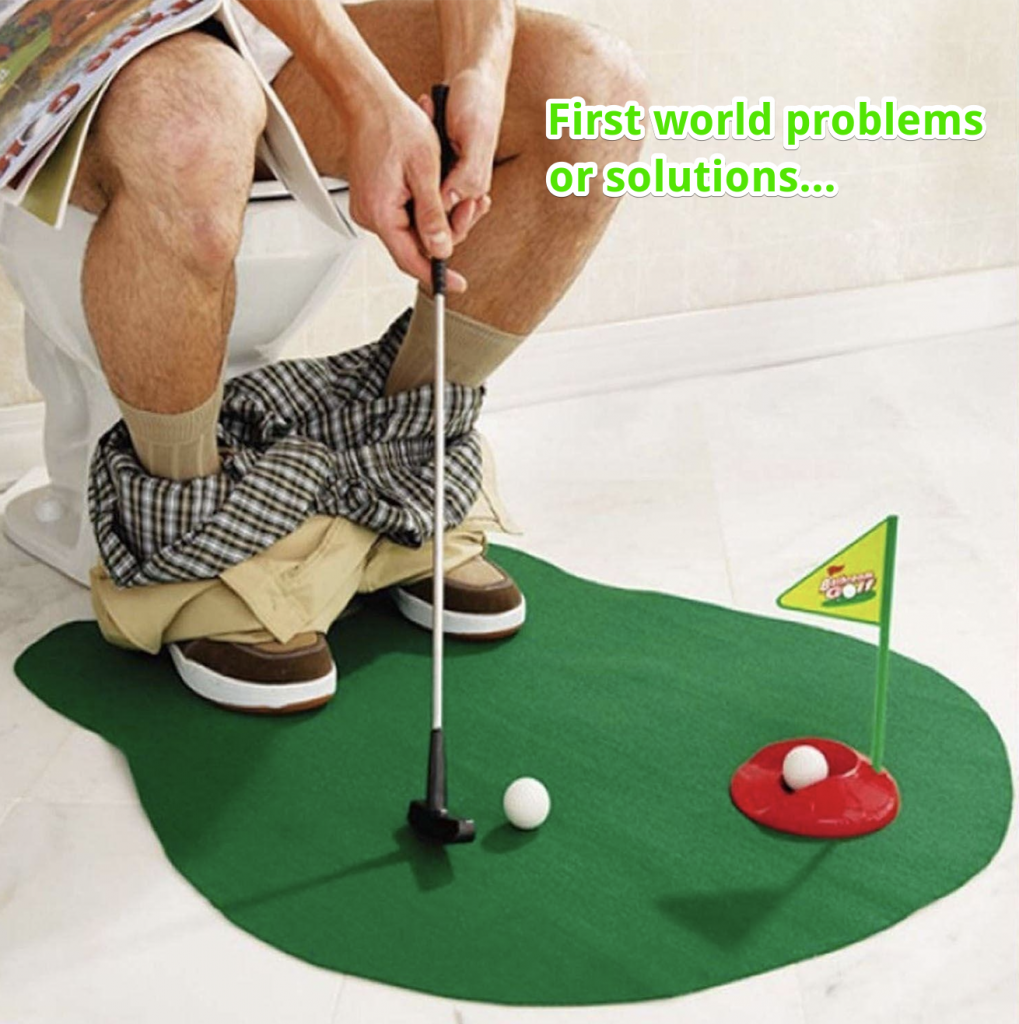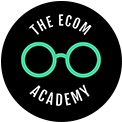How To Double Your Business Without Spending Another Cent (Part 3/3)
Written by Mark Patchett, founder of The Ecom Academy
This is a three part series containing (legendary) info on how to double your business without spending another cent.
—
In our previous article we did something beautiful, we kept our revenue up from our contribution margin and AOV work in our first post, while ramping up our profitability by 90.50% from where we kicked off!
This is the final leg in our Double Your Business journey and we’re going to finish with a bang. That I can promise you. The title of the series sort of gives it away, alas, the graphs look glorious!
Game time:
Lever 3: Repeat Transactions
Repeat transactions are truly transformative. Repeats are like finding a marketing channel that has double the conversion rate yet doesn’t cost anything. Despite this, for some reason people are more concerned about courting new people rather than giving love to the customers that already love them back.
We simply can’t neglect our existing customers. They are BY FAR our most important customers (of course depending on your business model).
The first time customer vs repeat customer dynamic is a whole lot like dating.
Getting that first date can be a nerve racking experience. Yet after you’ve had that Disney like first date, locking in the second is easy (assuming things went nicely 💖).
Before customers make their first purchase, they go through a crazy cognitive journey of comparing different suiters, sniffing for signals of trust, hesitating whether they even need the product to then finally say, ‘screw it, I do need another Potty Putter”.

Back to business
Getting that person to purchase again, is therefore unbelievably easier. And there’s another bonus, repeat customers tend to spend more as their trust levels increase.
Best of all…you can drive your repeat customers via your email list, which is essentially a $0 CPA channel!
You can ramp up your repeats using very basic or exceptionally advanced methods. The good news is that the basic methods work very well as a starting point.
Email something:
That’s literally it. Email them products and a % of them will buy them. If you don’t bother emailing your customers at the moment, you may be surprised to find that you’re not alone. In terms of content, think like a typical customer as to what is attractive: new products, sale products, limited inventory products.
The really interesting debate with email is of course frequency…to no surprise, more emails more often than not equate to more sales. The art is of course not pissing too many people off that results in less overall sales in the long run. I must preface that you will ALWAYS get complaints, even if you email once a month, weigh up those complaints with the increase in sales and/or implement a frequency subscription option. Another method is to mix in non product focused emails, such as value added content related to your products, e.g. natural home remedies for beauty, tips to improving your golf swing etc.
Email Segmentation:
We touched on this with our conversion rate post. To recap, the aim here is to start making our emails more persona and relevant by using information via buying, browsing, or through structured feedback, to then try and show them products we feel will be more relevant to them.
For example, if you sell mens and women’s clothes and you have a customer who has made two female only orders, send them more of what they’ve shown they like. One big caution is not to get too granular too quickly, as you need to establish patterns to actually predict what someone will buy next. A pitfall I have come across many times is when someone is buying something for their partner or as a gift, they may wear female clothes, but have bought a male jacket as a one off. I’ve found most success in staying more general with a higher frequency of send until I have more certainty.
Email Automation:
This is the bees knees and also the guts of lifecycle marketing and another very BIG topic. The idea is to have automatic emails setup that are mapped to typical pre and post purchase behaviour. One effective example is to send an email immediately after someone purchases with another highly time sensitive offer. Another idea is to run an analysis to determine the detractor point, which is, if they don’t make a subsequent purchase by this point, the propensity that the return rapidly declines. Once you find the point, in sure you’re hitting them up! Lots of fun numbers to work out what these points are. I’ll be sharing the methodology in a follow up guide.
Subscriptions/Auto re-buy:
If you’re selling perishable products, then subscriptions will be your gold mine. Give incentives to people who take advantage of a subscription plan and prepare to see your repeat purchases skyrocket. You can clearly see the impact repeat has, as businesses with a strong repeat/subscription model can attract double, triple and beyond the valuation of those that don’t.
Retargeting 3.0:
When the numbers make sense I also use a number of super powerful retargeting strategies to drive repeat transactions. The numbers can work so nicely as repeat buyers typically have an increased conversion rate, which means you can hit CPA’s of less than half. The other reality is that not everyone uses emails, or even when they do, your emails can land in spam or promotions and be missed, retargeting helps fill that gap. One trick is to create custom audiences of people that don’t open your emails after X days.
Mine for related products:
As with our AOV suggestion, a very easy way to boost your repeat rate is to consider what others products your customers would be interested in that sit nicely with what you’re offering. Again, think tactically about what they may use before, during or after using your product.
Just ask your customers!
You’ll often find some gold by sending a personalised, plain text email asking people what else they wish you offered? I’d start with sending the email to customers who you feel are engaged, whether through social engagement or order count.
Give a welcome back offer:
Regardless of what you’re selling, people love a deal. Whether this comes in the form of a discount, or perhaps freebees – I’ve never seen it not work. You can consider the discount just like a CPA, e.g. if your new customer CPA (also known as Customer Acquisition Cost / CAC) is $15, and you’re orders have a value of $70, a 10% discount would be like a $7 CPA, not too shabby. The art is of course only offering this if you need to. So save this trigger when you need to kick up sales, move old inventory, or you feel like the customer is detracting.
Back to the numbers!
So without further adieu, let’s pull that final growth lever to properly illustrate the impact of driving repeats. Time to plug it all together.
Here’s a summary of what we’re seeing below:
Our AOV goes from $70 to $88 (with a 60.50% improvement in profitability due to the shift in fixed and variable costs)
We have gone from 1,000 new customers to 1,200 thanks to boosting our conversion rate by 26%
Our repeat transactions kick up massively, as we have not only increased our repeat rate, but we’ve also got more customers to become repeat buyers thanks to the increase in conversion rate which is driving more new customers.
*Please note, the repeat calculations would mean that the increase in repeat would be happening within that same period, which is actually very possible but repeat will typically build month on month.
The end result is that we’ve DOUBLED our revenue from $84k to $168k BUT the most exciting part is that our profitability has EXPLODED FROM $12K to $41.4k – that’s a 245% increase. Truly some awesome stuff AND all very, very achievable.

That’s it for now. We hope you got some value out of our article, if so we’d love to hear about it. You can say hello via our Facebook page, of feel free to ping us an email.
Cheers,
Mark
Founder @ The Ecom Academy
Companies our team has worked with:











